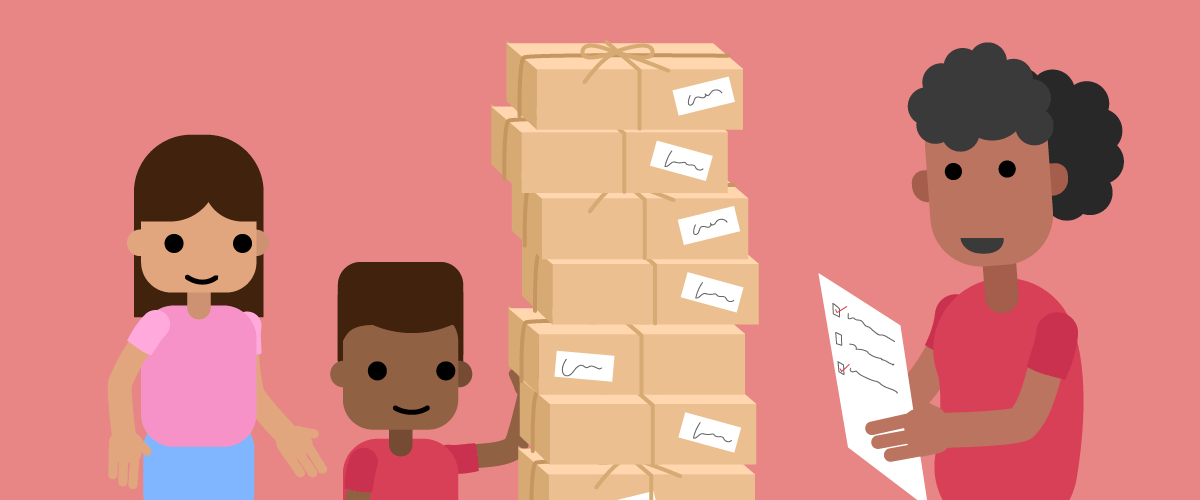Ultimate Guide to Disaster Preparedness on a Budget (Part II)
The Ultimate Disaster Kit Checklist
What to Put in an Emergency Supply Kit
Water: The general wisdom is one gallon per person per day for a minimum of three days.
Food: Keep a supply of nonperishable food (such as cans) for a minimum of three days
First Aid Kit: The Red Cross recommends all of these items in your kit, or you can buy a prepackaged one with a coupon. Remember: it’s not just Band-Aids!
Tools: You’ll need a can opener for the food, wrenches or pliers (for turning off your utilities), and perhaps a hammer (if you’ll need to make camp).
Sanitation Supplies: You’ll want moist towelettes, garbage bags, and plastic ties.
- Dust Mask and Plastic Sheeting: In many scenarios, especially during wildfires, you will want to shield your lungs with a mask, and you may need to make your space more airtight in a disaster using plastic sheeting.
- DIY Disinfectant: Dilute one part unscented bleach to nine parts water and put it in a medicine dropper. This can be used to disinfect items in an emergency.
Flashlight: Always bring extra batteries!
![]()
Radio: It should be a battery-powered or hand-crank radio tuned to a NOAA weather radio station.
Whistle: You should also have a whistle to signal for help.
Copies of Important Documents: In a waterproof, safe container, store important family documents such as bank account information, insurance policies, copies of IDs such as your driver’s license, reference materials or how-to survival books, and any traveler’s checks. You may also want to hide some cash in this container. Make sure it’s not easily stolen.
Blankets and Clothing: Grab a change of clothes and a blanket for each person.
- Extreme Cold Weather Sleeping Bags, Thermal Blankets, and Spare Jackets: Spare layers stored in water-resistant containers are particularly important to pack if you live in cold weather regions where dry clothes could mean life or death. Rescue blankets might be a good idea no matter where you live due to the fact that they’re so lightweight and the fact that many new parts of the country have been experiencing oddly wintry conditions lately.
Matches: Keep them in a waterproof container. A knife and ferro rod can work in emergencies, too, assuming you can find a dry area.
Fire Extinguisher: Do not attempt to approach a fire if you live in a wildfire zone, but keep this handy for your protection.
What to Put in Your Vehicle
- Blankets and/or sleeping bags
- A tent
- Winter gear (gloves, hats, etc.) for the whole family
- Wilderness-ready shoes (hiking boots, etc.)
- Mechanic’s tool
- Spare tires
- Flares
- Local maps
Other Items to Grab (if They Pertain to You)
- Prescription glasses, if you or a family member wears them
- Feminine products, if there’s a woman who needs them in your family
- Pet food, an appropriate cage, and extra water (plus a water bowl), if you have a pet
- Diapers and baby formula, if you have a young child
- Prescriptions, if you or a family member takes them regularly
Things You’ll Need to Replace Occasionally
- You’ll need to pack and set aside prescription and non-prescription medications.
- Batteries go bad every few years.
- Food, even non-perishable food, goes bad. Check your supplies once a year.
Take the time now to set aside these materials. Other ideas of less-necessary-but-helpful things to add might include a mess kit for food (like plates, knives, and forks), books to read, games to play with the kids, or other leisure activities to keep everyone calm.
Look for emergency essentials coupons online to make sure this doesn’t break the bank.
More Resources and Ways to Get Involved
- National Voluntary Organizations Active in Disaster: This organization is a network of community organizations mean to help Americans during a disaster. If you’re wondering if a local organization is reputable, this is a good place to check.
- Volunteering for the American Red Cross: Do your part locally by volunteering with the most important humanitarian organization.
- Stop Looting With the National Neighborhood Watch: This organization created by the National Sheriffs’ Association helps monitor the streets at all times, but they can be super useful to know and talk to during a disaster.
- Stay Connected With the National Association for Amateur Radio: Radio is still a top way for emergency information to be communicated in prolonged power outages and severe weather. Learn more and volunteer if you have an enthusiasm for radio.
- For Teachers: Teaching Disaster Preparedness in the Classroom: Take a few hours to discuss dangers and do drills with your class.


